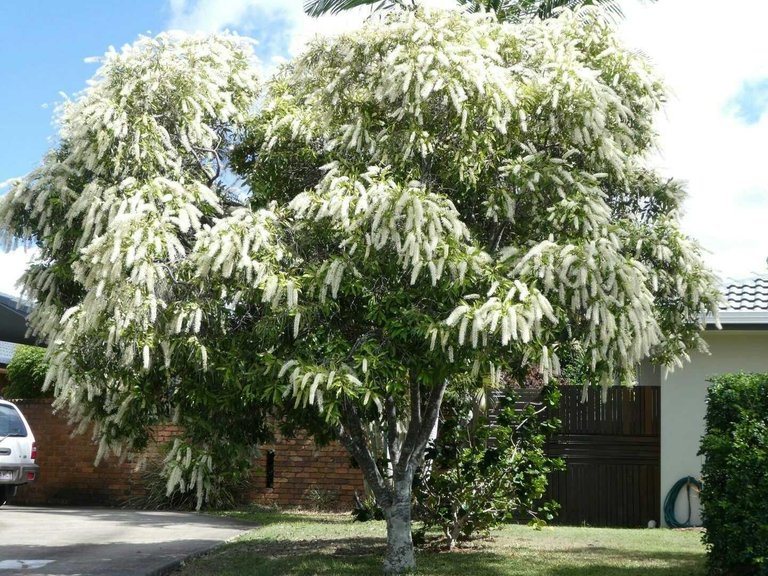The genus was named in 1868 by Ferdinand von Mueller in honour of Richard Grenville, the Duke of Buckingham,who was Secretary of State for the Colonies from 1866 to 1868.It was initially placed in a tribe Grevilleae, but the feature of having four ovules per carpel led C. Venkata Rao to classify it in the tribe Telopeae, and within this a new subtribe Hollandaeae based on the antero-posterior orientation of the perianth, with the genera Hollandaea, Cardwellia, Knightia, Opisthiolepis and Stenocarpus.
Lawrie Johnson and Barbara G. Briggs recognised the affinities of this genus with the rainforest taxon Opisthiolepis and classified the two in the subtribe Buckinghamiinae within the tribe Embothrieae in the subfamily Grevilleoideae in their 1975 monograph "On the Proteaceae: the evolution and classification of a southern family", and thus related to Lomatia, Stenocarpus and the Embothriinae.However, analysis of chloroplast sequences revealed a much closer relationship of Buckinghamia and Opisthiolepis with Grevillea instead. Both genera have eleven pairs of chromosomes, which is reduced further in Grevillea. More recent evolutionary botanical science confirms that they correlate closest with the genera Opisthiolepis, Finschia, Grevillea and Hakea in the subtribe Hakeinae, with Buckinghamia and Opisthiolepis as two early offshoots from the ancestors of the other three genera. 


- source